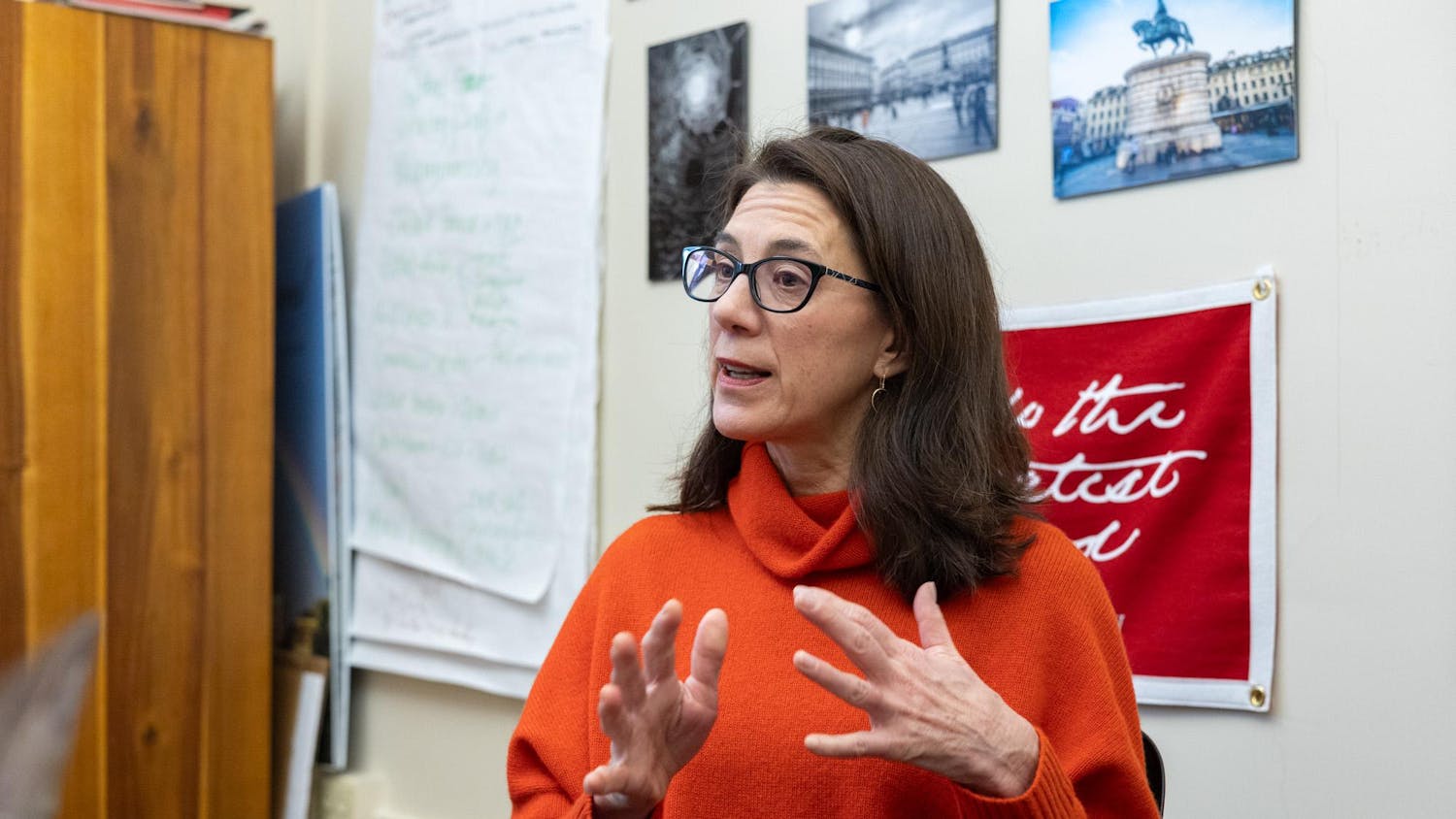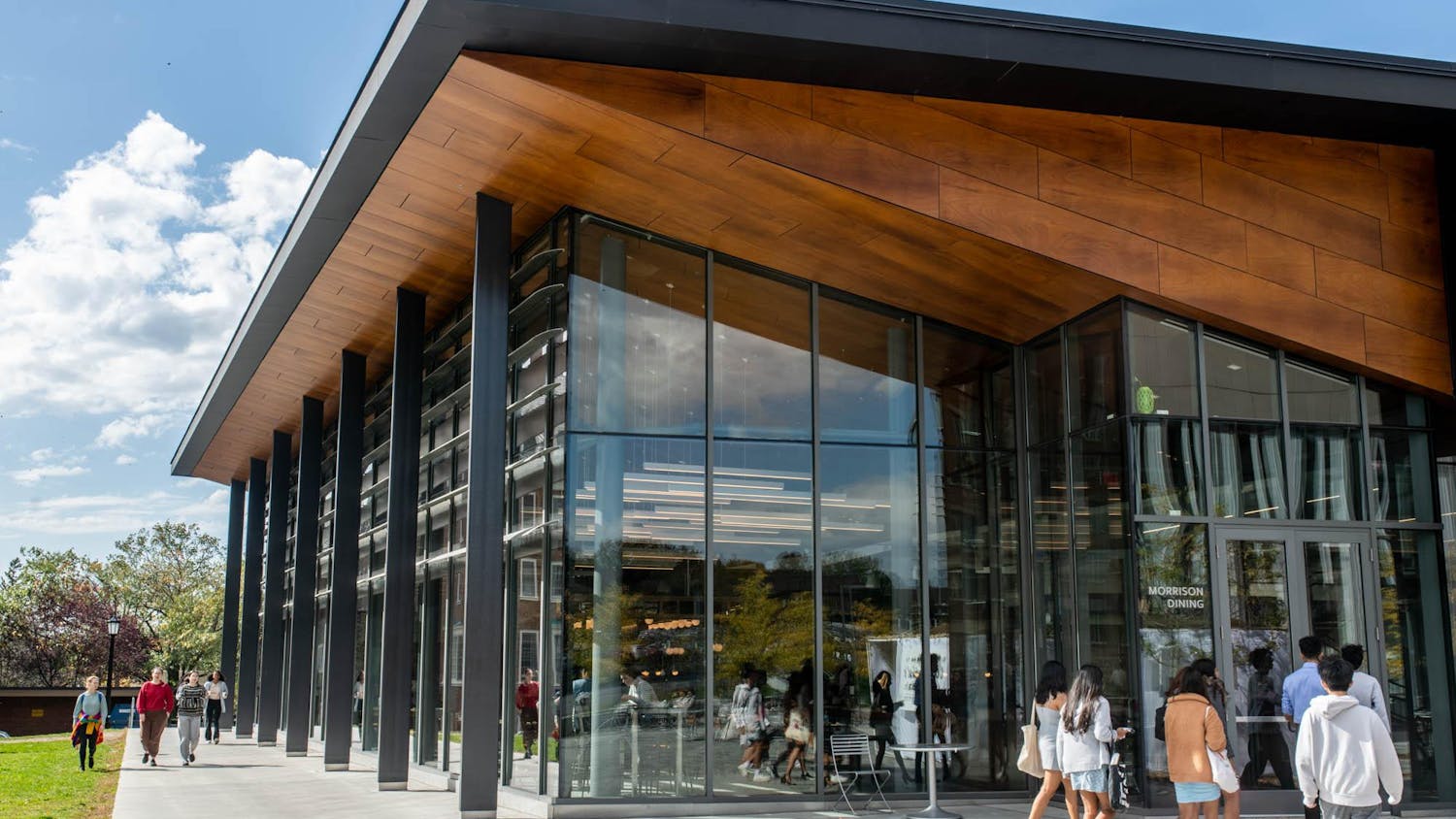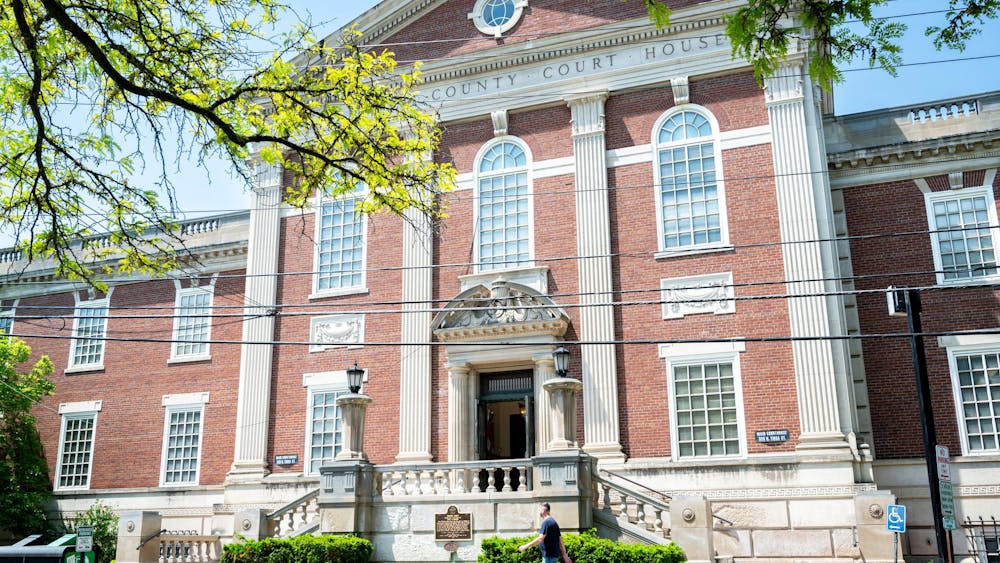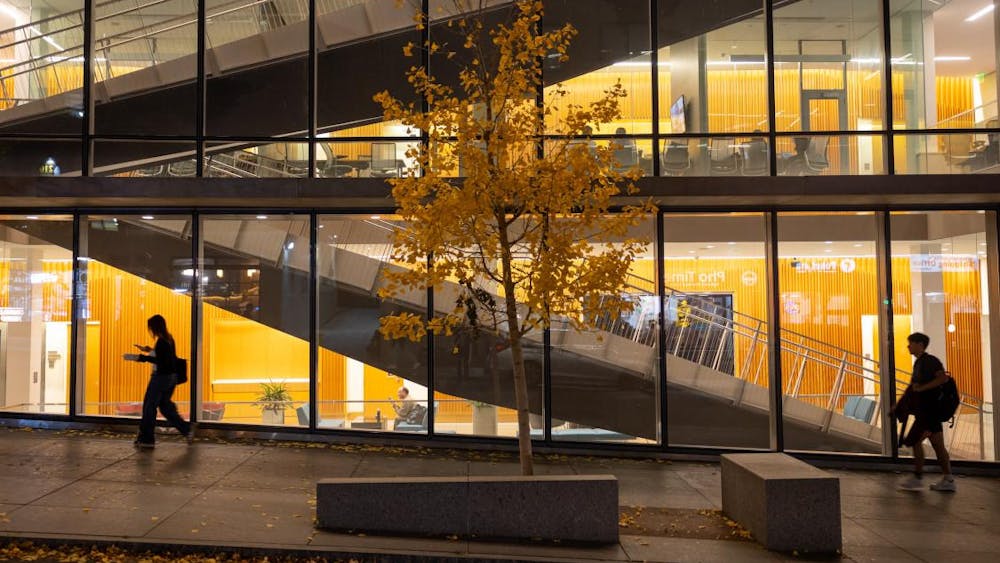At the beginning of April, as New York became the epicenter of a global pandemic, the state legislature in Albany passed a $177 billion budget that failed to sufficiently prop up Ithaca and other localities in the state, according to Mayor Svante Myrick ’09.
Myrick called the lack of funding to localities “unsettling.” State funding to localities, under a funding category called Aid and Incentives to Municipalities, has hardly increased in the last two decades, according to Myrick.
“There’s not much on the horizon,” Myrick said. Last week, he lowered his salary by 10 percent, for as long as the pandemic continues. That money, he hopes, will give the city just a little more financial cushion in a time of extreme financial strain.
For the 2020-21 fiscal year, Ithaca will receive $2,610,398 in AIM funding, exactly the same amount the city received for the previous fiscal year. Total statewide AIM spending was the same as well, at $647,093,629.
“Every year we beg the state to increase it because we badly need more money,” Myrick said. “This year they didn’t increase it. You can understand why, but that leaves us an even larger budget crunch.”
Localities, unlike the state, bring in revenue primarily from taxes on financial transactions, like sales taxes and property taxes, and not from income taxes, Myrick said.
Because the disease prevention measures have slowed purchasing and nearly halted property sales, the city is expecting to lose $4 to 13 million in revenue this year — approximately 18 percent of the city’s typical annual budget of $70 million, according to Myrick.
Another aspect of the budget Myrick found unsettling was its “measurement periods,” a demand from Gov. Andrew Cuomo (D-N.Y.) passed by both houses of the legislature that allows the governor to adjust the Aid to Localities budget on a rolling basis.
The first measurement period runs from April 1 through April 30, the next May 1 to June 30 and the last from July 1 to Dec. 31.
“I have no beef with the New York State budget as it’s written or the fact that the governor has these powers,” Myrick said. “My beef is with the federal government itself, and that they short changed New York State and that they short changed cities.”
When asked what the city can do when the state doesn’t step in, Myrick said: “Very little.”
He said that with such small revenue streams, the city is not in a position to sufficiently enact programs like social services, unemployment support or relief for small businesses, and instead is best equipped to provide “direct services,” such as funding parks, police and fire departments, playgrounds and street maintenance.
But Myrick was not entirely defeated by the lack of certainty in the budget and the inadequate funds.
“I trust Cuomo — if he gets money from the federal government, he will use it to help cities,” Myrick said, adding that if the state budget as a whole is tight, he would withhold aid. “It’s sort of what we’d all do.”
Still, Myrick said the state could have done more.
Cuomo included in the budget what Myrick called a “shift” in Medicaid funding, which moves the determination of eligibility requirements to local governments. Medicaid spending accounts for one-third of the state’s $6.1 billion debt, according to The New York Times.
Cuomo’s changes to the state Medicaid system disqualified the state for $6.7 billion in enhanced federal Medicaid matching rate, resulting in pushback from groups around New York, according to Politico. Accepting the additional aid would prevent Cuomo from making his intended adjustments to the state’s medicaid system.
The recent budget, however, does not raise taxes on the wealthy in order to increase revenue. According to Michael Kink, executive director for the Strong Economy For All coalition, “Cuomo is the first New York governor in almost a century not to raise taxes on the wealthy during an economic crisis,” as reported in Jacobin, a left-leaning quarterly magazine.
“If I were in charge, the way I would balance the budget is by raising taxes on the very richest, the millionaires and billionaires,” Myrick said. He added that a common concern in the state is that taxing the wealthy will encourage them to move to nearby states with weaker tax laws.
But Myrick says the evidence for this is not strong.
“There are compelling reasons for high income earners to want to stay in New York,” Myrick said. “Our tax dollars can be used in a way that enhances those reasons — better schools, better parks, better infrastructure, can all lead to a higher quality of life that makes it worth living in New York state, even if the taxes are higher than in Delaware.”
Myrick added that the prospects for greater aid to localities is not all bad: “I hate to be partisan, but especially the Democrats have proven to be the real grown ups in the room and they’ve delivered on stimulus so far. They are promising that they will fight for municipalities, so that gives me hope.”
If the federal government does not increase funding, city officials will have to consider staff reductions, which, Myrick said, is untenable.
“Everyone who works in the city really is essential. We’re the spine, the backbone of the community,” he said. “Any reduction in staffing will really hurt the community, from police officers to firefighters to people filling potholes.”
In addition, the federal government has not been helpful, Myrick said, citing, among other issues, the first federal aid bill which gave aid only to cities with a population of half a million or more.
“I don’t know how else to say this: We can’t count on [President Donald Trump,]” he said. “I mean that President Trump will be unhelpful in a time of need is always a safe bet.”
Myrick encouraged Ithacans to contact elected officials, particularly Rep. Tom Reed (R-N.Y.), to push for increased aid and the continued staffing of the police department, fire department and public works department.
Correction, April 17, 11:01 p.m.: A previous version of this article misstated Rep. Tom Reed's political affiliation. Reed is a Republican, not a Democrat. The article has since been updated.

$177 Billion N.Y. State Budget Leaves Ithaca Shorthanded, Mayor Says
Reading time: about 6 minutes
Read More










